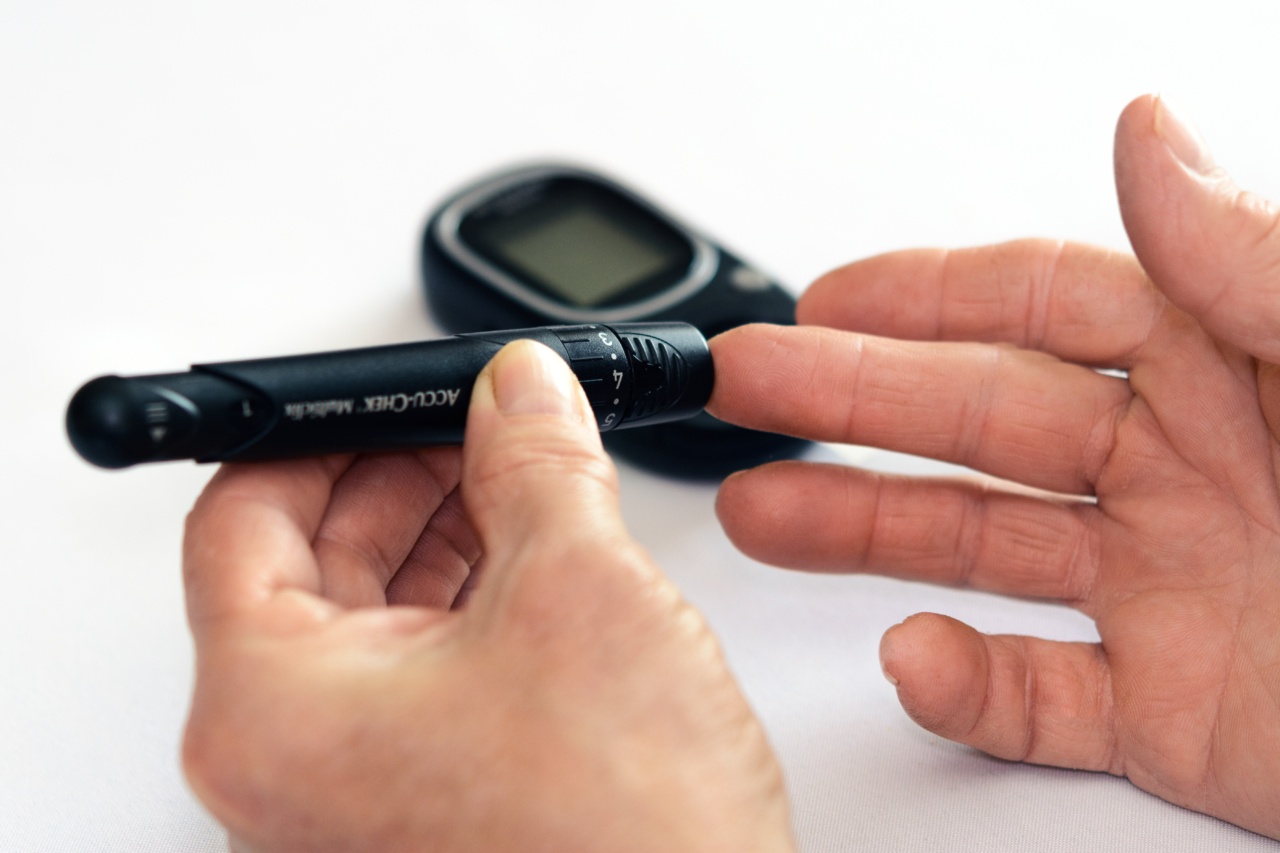Diabetes is one of the most common chronic diseases, affecting people of all ages and backgrounds. The National Diabetes Registry (NDR) is an effort to collect comprehensive data on the prevalence and incidence of diabetes in the United States.
However, collecting data on such a large scale requires significant resources, including funding and personnel. One important aspect of the NDR is cost measurement, which involves tracking the expenses associated with data collection, analysis, and dissemination.
The Importance of Cost Measurement
Cost measurement is a critical component of the NDR, as it helps to ensure that resources are being used efficiently and effectively. By tracking costs, the NDR can identify areas where cost savings can be achieved and resources can be reallocated.
Cost measurement also allows for better transparency and accountability, as stakeholders can see how funds are being spent and what results are being achieved.
Methods of Cost Measurement
There are several methods that can be used to measure the costs of the NDR. One common approach is to use a cost-accounting system, which involves categorizing expenses by type and allocating them to specific activities.
This approach can provide detailed information on the costs associated with each component of the NDR, from data collection to analysis and dissemination.
Another method is to use a cost-effectiveness analysis, which compares the costs of the NDR to its benefits.
This approach can be especially useful in determining whether the NDR is achieving its goals and whether changes need to be made to improve its efficiency and effectiveness.
Challenges of Cost Measurement
While cost measurement is essential for the success of the NDR, it can also be challenging. One common difficulty is determining which costs should be included in the measurement.
For example, should the costs of training personnel be included, or only the costs of their salaries and benefits?.
Another challenge is determining how to allocate costs across multiple activities. For example, should the cost of a computer used to collect and analyze data be allocated to data collection or analysis?.
Finally, measuring the costs of the NDR can be time-consuming and resource-intensive, which can be a barrier for organizations with limited resources.
Benefits of Cost Measurement
Despite the challenges, cost measurement can provide several benefits for the NDR. First, it can help to identify areas where cost savings can be achieved, such as through more efficient data collection methods or better use of existing resources.
Second, it can provide the NDR with valuable information on the costs and benefits of different activities, which can help to guide decision-making and resource allocation. Finally, cost measurement can improve transparency and accountability, as stakeholders can see how funds are being spent and what results are being achieved.
Conclusion
Cost measurement is a critical component of the National Diabetes Registry, as it helps to ensure that resources are being used efficiently and effectively.
While there are challenges associated with cost measurement, it can provide several benefits for the NDR, including better decision-making and resource allocation, improved transparency and accountability, and increased cost savings. As such, it is important to continue to measure the costs of the NDR and to use this information to guide its ongoing development and implementation.































